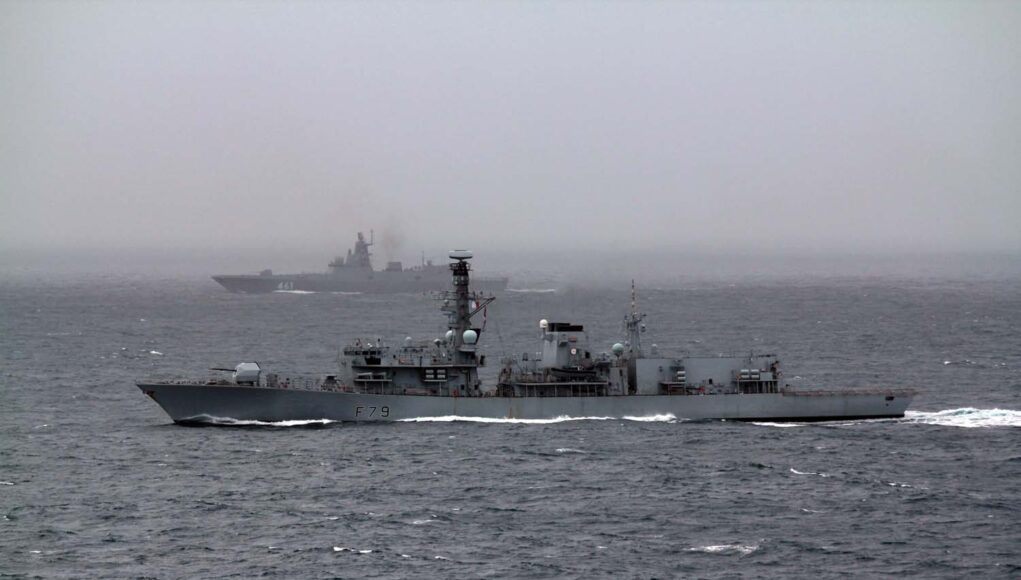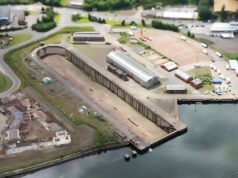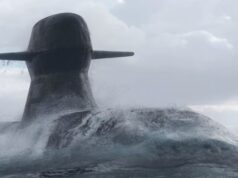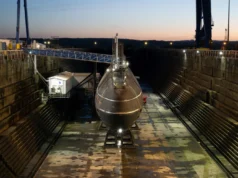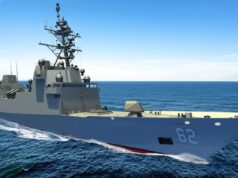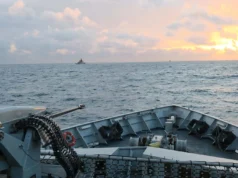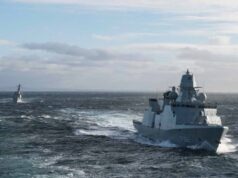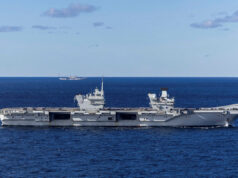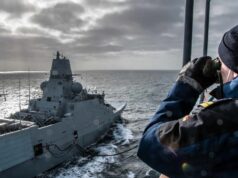NATO’s Allied Maritime Command (MARCOM) say that it is intensifying its surveillance of Russian naval activity, working closely with Allies and Partners to ensure comprehensive monitoring.
This heightened vigilance aligns with NATO’s “360-degree approach to deterrence and defence”, according to a recent press release from the organisation.
In response to Russia’s ongoing war in Ukraine, NATO has significantly bolstered maritime patrols and surveillance flights.
The organisation states that this proactive surveillance covers areas near critical maritime infrastructures, which are particularly vulnerable to hybrid threats. From the High North and the Atlantic to the Eastern Mediterranean, NATO Standing Maritime Groups and Allied naval forces are maintaining a constant watch on the movements and operations of Russian surface, subsurface, and air assets.
Rear Admiral Stefan Pauly of the German Navy, Commander Surface Forces NATO, commented on the operations, saying, “Monitoring and understanding the pattern of life at sea is a continuous effort. Our deployments and vigilance activities often bring us close to Russian units. We have occasionally observed some manoeuvres that could be deemed unprofessional, mainly from air assets, such as overflights of NATO units at close range. This is not a common occurrence, and it tends to increase in areas and periods of high activity, such as during BALTOPS. However, it’s important to note that NATO units, sailors, and aviators are always on high alert, ready to respond assertively yet responsibly.”
The organisation notes that NATO has intensified maritime patrols and surveillance flights across a wide area, from the High North and the Atlantic through the Baltics and down to the Mediterranean, as a direct response to the conflict in Ukraine.
NATO is utilising a combination of advanced technologies and networks within its 32 member states to maintain constant situational awareness. This includes satellite systems to monitor global maritime traffic, reconnaissance aircraft and drones equipped with sensors and cameras for aerial surveillance, and regular submarine patrols to covertly contribute to the maritime picture across the Euro-Atlantic area.


